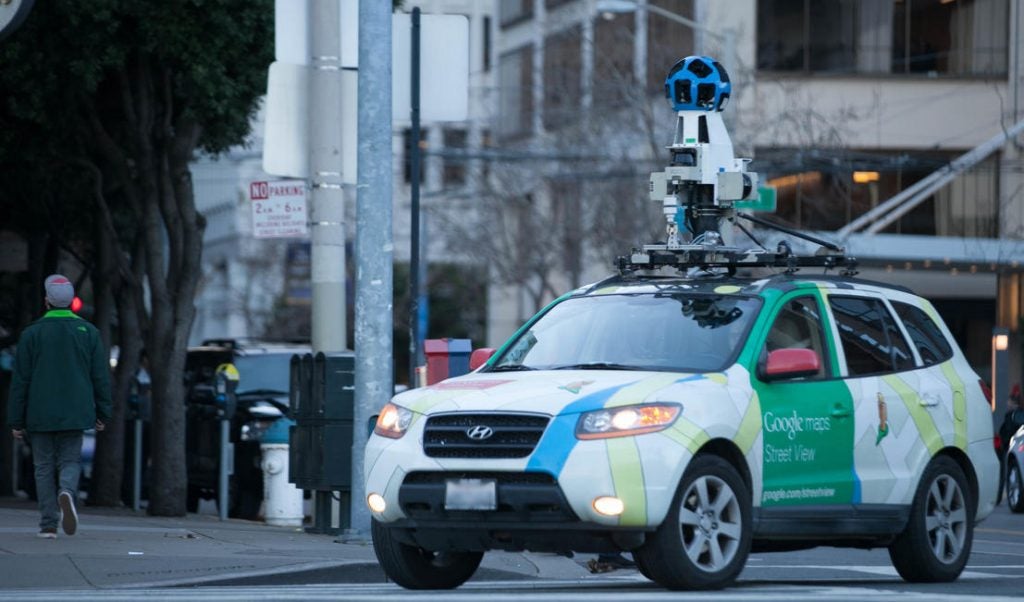Oakland, California
Mapping pollution reveals hotspots and health disparities
How pollution impacts health in West Oakland
Researchers from EDF and the University of Texas at Austin took our data to the West Oakland Environmental Indicators Project (WOEIP), a community-based organization with recognized leadership in local air pollution issues, to learn more about potential sources of poor air quality.
Explore: Interactive map and points of interest
Air pollution and health in East Oakland
EDF deployed Google Street View cars equipped with Aclima's environmental sensing platform to collect data in a 6 square mile area in the easternmost part of Oakland for a year between 2015 and 2016. The resulting map shows elevated levels of air pollution in many parts of East Oakland.

